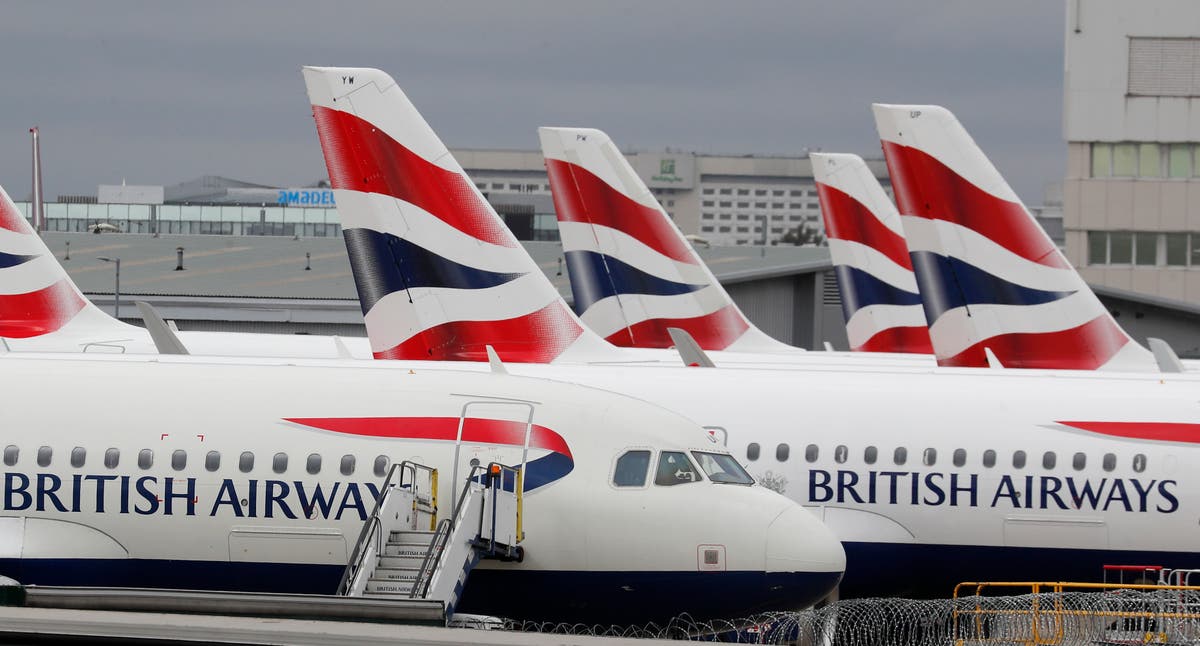You Can Still (Probably) Make a Killing on I Bonds
With soaring inflation causing concerns for your investments, U.S. savings bonds are considered a safe bet, since they’re fully backed by the government. In October we told you to buy Series I bonds in order to lock in an...


Photo: George Rudy (Shutterstock)
With soaring inflation causing concerns for your investments, U.S. savings bonds are considered a safe bet, since they’re fully backed by the government. In October we told you to buy Series I bonds in order to lock in an interest rate of 9.62%, t
he reason being that in November, the Treasury Department dialed back the yield to a (still high!) 6.89%. So many people tried to do just that, the I bond web portal became basically unusable at the end of October.
But d
espite this drop, there’s
a case to be made for why buying Series I bonds now could be even better than having locked in the previous 9.62% rate.
What are Series I savings bonds?
The Treasury Department explains that with a Series I bond, you earn both a fixed rate of interest and a rate that changes with inflation (the department adjusts the inflation rate twice a year). (For a broader primer on what bonds are and how they work in general, check out our previous post here.) Series I savings bonds are considered a protection from inflation. Because the bond’s interest will grow at around the same rate as inflation, your savings won’t lose their buying power. And for months, the unusually high 9.62% rate was attractive to many investors.
However, as with any investment, even these government-backed bonds come with a few risks. Most relevant right now is the fact that the initial yield only applies for the first six months you own the bond. According to Britannica Money, after those first six months, your bonds acts like any other variable vehicle, meaning “rates could go down and you have no control over it.” If you wait a few years to buy an I bond, you risk waiting on whatever the interest rate is down the line.
Why buying Series I bonds now could be better than before
So, how could the current 6.89% yield beat the previous 9.62%? It comes down to factoring in the base rate into the equation. In addition to the adjustable inflation rate—the one explained above, which is only good for six months—Series I bonds are made up by a guaranteed base rate good for the life of the bond. Smart Asset explains what this means for new bond buyers:
Bonds purchased between May 2020 and Oct. 2022 all came with a base rate of 0%. Bonds are currently being issued with a base rate of 0.40%. Even if inflation drops to 0%, they’ll still get a return of 0.40%. This higher base rate means that the buyers who get I bonds at the 6.89% rate should be ahead of buyers who locked in the 9.62% after about four years.
G/O Media may get a commission
Essentially that means that as long as you keep the bond for at least 4 years before cashing out, you’ll come out ahead of investors who purchased bonds at the higher rate—provided you invest before the 6.89% rate adjusts lower in the future.
The takeaway
Backed by the U.S. Treasury, Series I savings bonds are considered a relatively safe way to see a high yield on your investments. However, keep in mind that you cannot simply sell the bond once the interest rate falls. You’re completely locked in for your first year owning the bond; after that, there’s still a penalty of three months’ interest if you sell before five years. If you think you’ll need access your money before five years have passed, you’re better off with a short-term savings vehicle.
If you’re interested in buying bonds, head to the U.S. Treasury website. For the rest of the process, follow this step-by-step video explainer that walks you through buying the bonds. More information on I bond rates and how they’re calculated can be found here, while a historical chart of the entire history of each bond is published here.

 AbJimroe
AbJimroe 































